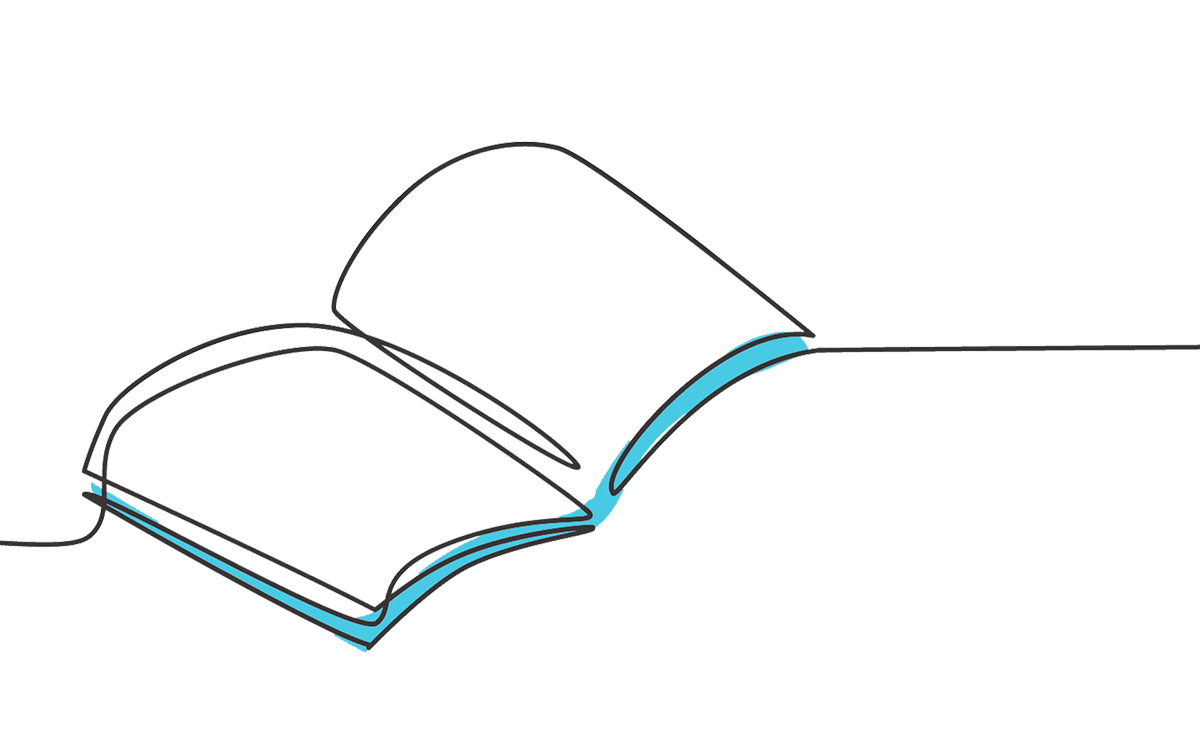
Automated extraction delivered millions of accurate drug records monthly, driving sustainable healthcare outcomes.

A leading UK healthcare intelligence provider, delivering crucial news, insights and analytics, across both public and private healthcare sectors. Their data empowers pharmaceutical companies and healthcare professionals to enhance patient outcomes.
Manual tracking and extraction of drug recommendation data from hundreds of NHS formularies was resource-intensive, error-prone, and slow. Capturing structured and unstructured data at scale required automation to deliver real-time, accurate insights.


Merit developed advanced Python-based scraping and NLP solutions to automate structured and unstructured data extraction from diverse web sources. Robust data transformation processes mapped data to British National Formulary (BNF) standards, and applied National Institute for Health and Care Excellence (NICE) tags, ensuring high accuracy and consistency.
Whatever the challenge, whatever the industry, our teams work side-by-side with clients to design systems that perform today and evolve for tomorrow. That’s why leading businesses trust us to turn their toughest data ambitions into reality.